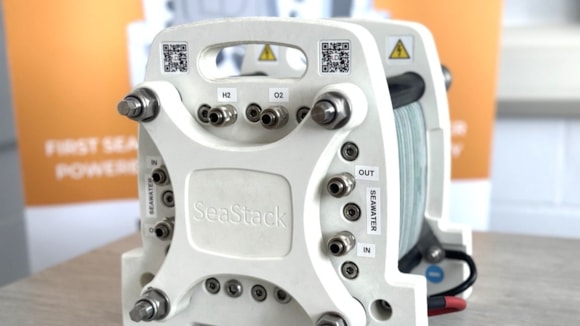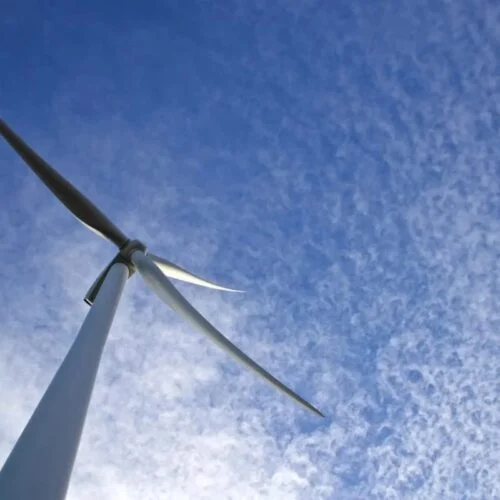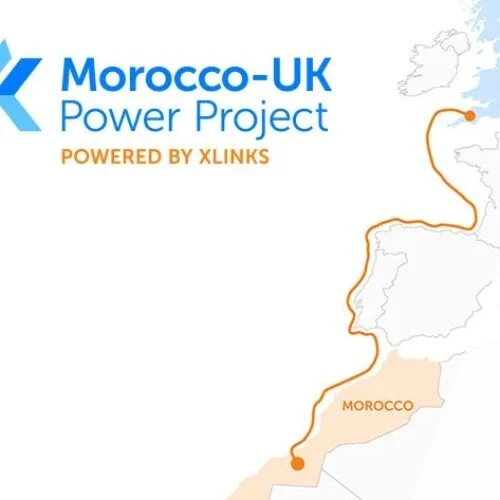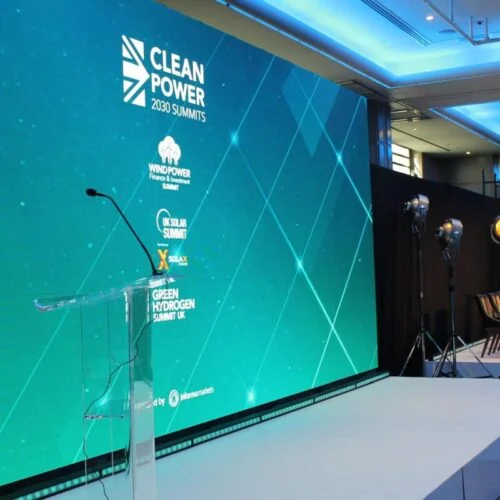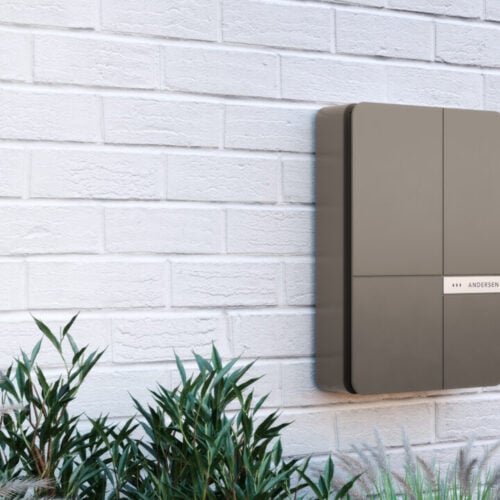The Net Zero Technology Centre (NZTC), a not-for-profit organisation developing technologies to support the energy transition, has announced three winners of its 2024 electrolyser funding competition.
It follows research from phase one of NZTC’s Energy Hubs project, which identified the need to accelerate the development of efficient electrolyser technologies. These are key to cost effective, large-scale green hydrogen production.
The Energy Hubs project focuses on energy infrastructure across Scotland that will produce large-scale green hydrogen and alternative fuels, aiming to establish Scotland as a leading exporter of green hydrogen.
The competition received 36 applications from around the world, with three UK developers to each receive £500,000 funding to accelerate the development of their technologies.
The first of them, Clyde Hydrogen Systems, is developing decoupled electrolysis technology, which aims to deliver opportunities not possible with existing electrolysers. The technology produces high pressure hydrogen without mechanical compression and is highly compatible with intermittent renewable energy sources.
Funding was also awarded for high pressure membraneless electrolyser technology designed by Aqsorption Ltd and Latent Drive’s SeaStack technology, a direct seawater-to-hydrogen electrolyser that eliminates the need for desalination and purification of the feed water.
According to Darren Gee, energy transition fund manager for the NZTC, the three winners were chosen from a “remarkably strong field of applicants”, with the centre hoping to “drive this technology forwards and make a direct impact on the future of green hydrogen production in Scotland”.
Statera Energy submits plans for utility-scale green hydrogen project
Plans for a 3GW green hydrogen project in Aberdeenshire have also been submitted, dubbed the first utility-scale development in the UK. Put forward by Statera Energy, Kintore Hydrogen will use surplus renewable energy to produce green hydrogen.
The first 500MW of operational capacity is expected to be online by 2028. The nationally significant project is pitched to produce the alternative fuel, helping decarbonise heavy industry, alongside helping to balance the UK power system to enable the development of more renewable energy sources.
The plant will provide flexible demand to the grid, something that the electricity system operator (ESO) has projected will save consumers £5 billion. Flexibility is particularly important in Scotland, where network bottlenecks mean the wind energy generated in the country goes to waste. Kintore Hydrogen’s location, behind those bottlenecks and close to abundant water resources and wind power from the North Sea, can help to deliver these cost savings to energy users.
Statera CEO Tom Vernon said: “Over the coming years, the sheer volume of wind generation coming onto the system in the UK will make electrolysers critical for harnessing wind energy that would otherwise go to waste. Kintore Hydrogen will convert surplus wind power to green hydrogen to be used when and where it is needed most.”
The use of wind power in the supply chain also promises to reduce the high cost of hydrogen production, a barrier to the wider uptake of the energy resource.
